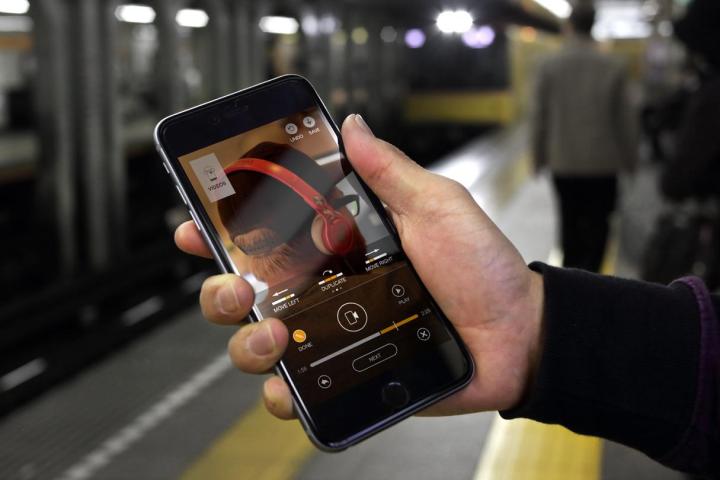
The idea is that people are less likely to lose patience with a vertical video than a horizontal one. Snapchat, for instance, is in the midst of trying out the vertical format via its Discover editorial features. Discover’s default format is vertical and, according to Snapchat, the vertical ads get nine times more full views than horizontally- oriented ads. This, despite the fact that users hate having Discover at the tops of their pages, and everyone everywhere resents advertising in general.
Vervid also plans to introduce “Bursts,” 8-second videos users can set as profile pics that play with a tap. Imagine a little moving image of the uploader layered unobtrusively over videos in the main gallery; they also apply to comments, notifications, and alerts (really, anywhere you’d normally see a static profile pic). Bursts will be ready to port to Apple Watch as an independent notification this fall, and it’ll be interesting to see which other major apps are interested in doing away with boring old profile shots.

According to some assertions, the predominant preference for horizontal video stems from television and movie screens. Those screens, which went through a widening period not so long ago, are constructed horizontally as a reflection of our anatomy. Our eyes allow a broader horizontal field of view (about 180-degrees) than they do vertical (about 135 degrees). However, when it comes to our small-screened phones, the devices are held so closely to our faces that the conventional wisdom behind viewing orientation preferences don’t seem to apply.
John Whaley, co-founder and CEO of Vervid pointed out that we hold our screens vertically 90 percent of the time. He and his husband Daniel Proksch are convinced vertical vids just make sense. “It just needs a space of its own,” said Proksch. “Vine did it with the square aspect ratio.” They decided to build Vervid in response to anti-vertical video PSA’s like this one:
The creators are no slouches; Whaley is an Industrial Designer and Human Factors Researcher who holds multiple product design patents, while Proksch was most recently a lead developer at GE Healthcare and U-Systems working on 3D cancer detection. They must be on to something, right?
YouTube statistics says half of their views are mobile. Dough Harris of Slate said, “Watch out, YouTube,” when he discovered Vervid. The Bursts are undoubtedly intriguing, but as for Vervid changing the standard for mobile video orientation, only time will tell.
Editors' Recommendations
- The 19 best YouTube videos for kids (April 2024)
- YouTube TV just got even better on iPhones and iPads
- YouTube TV tips and tricks: how to get the most out Google’s live TV service
- Bills vs Steelers live stream: Can you watch the game for free?
- 10 most popular MrBeast YouTube videos, ranked by views


